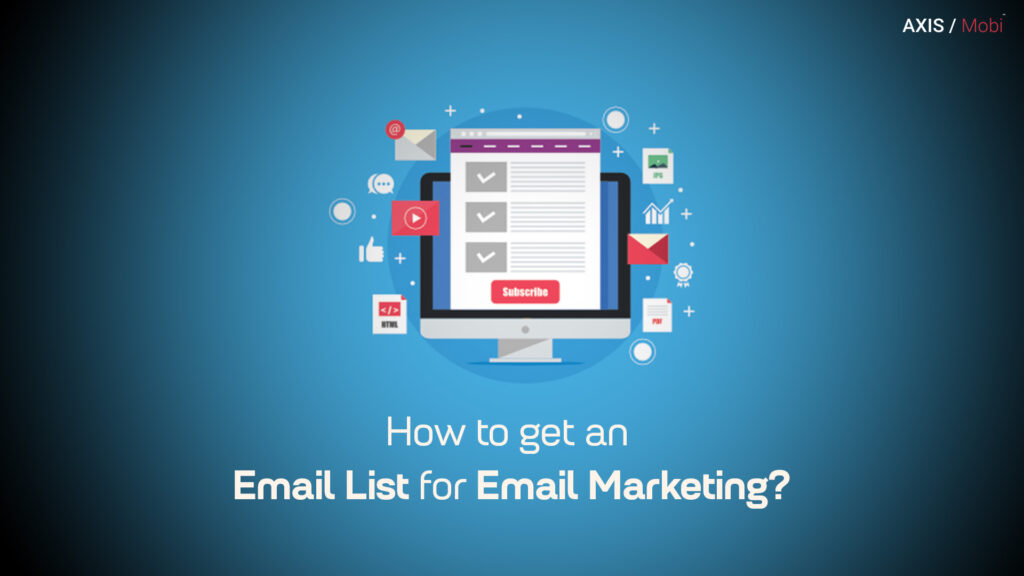Building a solid email list is essential for any business looking to engage with its audience, promote products, or share updates. You’ve probably received emails from favorite shopping apps like Myntra or Amazon informing you about their latest sales and promotions. But have you ever wondered how these companies build such effective email lists? The secret lies in various strategies designed to capture and retain email addresses from interested visitors. This article will explore several proven methods to grow your email list and enhance your email marketing efforts.
1. Landing Pages
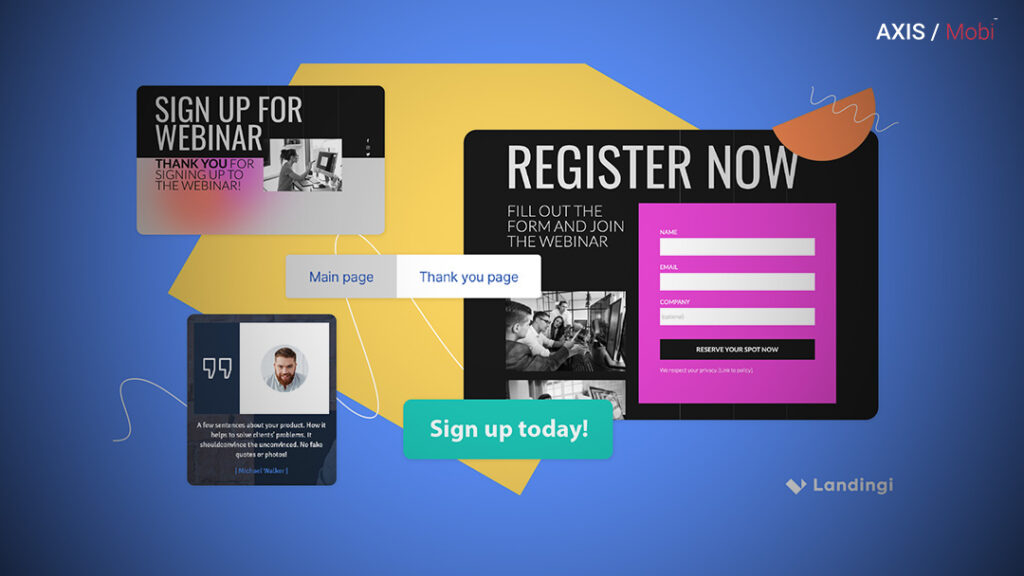
What Are Landing Pages?
Landing pages are standalone web pages designed specifically to capture visitor information. Unlike regular web pages, landing pages focus on a single objective: encouraging visitors to submit their email addresses in exchange for something valuable.
Why Use Landing Pages?
Landing pages are powerful tools for email list building because they concentrate visitors’ attention on one action—signing up. This single-focus approach eliminates distractions and improves conversion rates.
How to Create Effective Landing Pages:
- Design with Purpose: Ensure your landing page is visually appealing and aligns with your brand’s style. It should feature a clean design, a compelling headline, and a clear call to action (CTA).
- Offer Value: Provide something valuable in exchange for email addresses. This could be a free eBook, an exclusive webinar, or a discount coupon. The perceived value should be high enough to motivate visitors to share their email.
- Optimize for Mobile: With increasing mobile device usage, your landing page must be mobile-friendly. Test its responsiveness and ensure that it loads quickly and is easy to navigate on smaller screens.
- Include Social Proof: Adding testimonials, reviews, or trust badges can increase credibility and encourage sign-ups.
Examples:
- HubSpot: Uses landing pages to offer free marketing resources, such as eBooks and templates. These pages are tailored to specific topics and feature strong CTAs.
- Shopify: Provides a free trial of its e-commerce platform through dedicated landing pages. The pages highlight key features and benefits, making it easy for visitors to start their trial.
Tools and Resources:
- Unbounce: Offers a range of customizable templates for creating high-converting landing pages. It includes A/B testing features to optimize page performance.
- Leadpages: A user-friendly platform that allows you to build and publish landing pages quickly. It provides various templates and integrates with popular email marketing tools.
2. Pop-ups
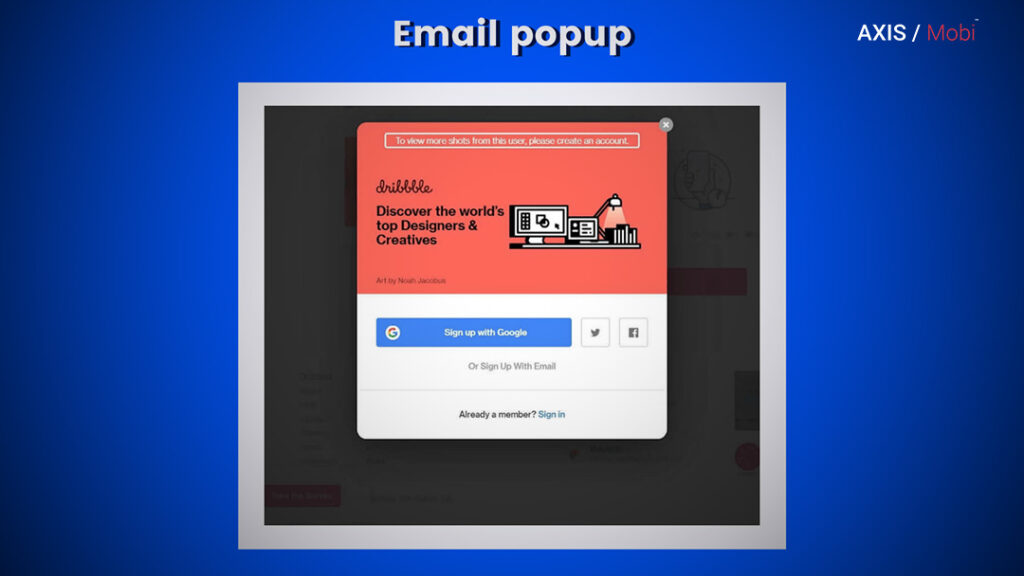
What Are Pop-ups?
Pop-ups are small windows that appear on a webpage, typically used to capture visitor information such as email addresses. They can be triggered based on user behavior or time spent on the site.
Why Use Pop-ups?
Pop-ups can effectively capture emails by directly engaging visitors while they’re on your site. They offer a timely opportunity to convert interested visitors into subscribers.
How to Implement Pop-ups Effectively:
- Behavioral Triggers: Set pop-ups to appear based on user behavior, such as after spending a certain amount of time on the page or scrolling to a specific section. This ensures that pop-ups are shown to engage visitors who are more likely to subscribe.
- Timing and Frequency: Avoid showing pop-ups immediately after a visitor lands on your site. Allow them to explore your content before presenting a pop-up. Additionally, don’t bombard visitors with multiple pop-ups.
- A/B Testing: Test different pop-up designs, messages, and timing to determine what resonates best with your audience. Use the results to refine your approach and improve conversion rates.
Examples:
- OptinMonster: Provides a range of customizable pop-up templates and advanced targeting options. Users can create pop-ups based on exit intent, scroll depth, or time spent on the site.
- Sumo: Offers various pop-up types, including welcome mats and scroll-triggered pop-ups, to capture visitor emails effectively. Its analytics features help track performance and optimize pop-ups.
Tools and Resources:
- OptinMonster: A popular tool for creating and managing pop-ups. It includes features for targeting specific audience segments and testing different pop-up variations.
- Sumo: A suite of tools for increasing email sign-ups through pop-ups and other forms. It provides easy integration with email marketing platforms and detailed analytics.
3. Referral Programs
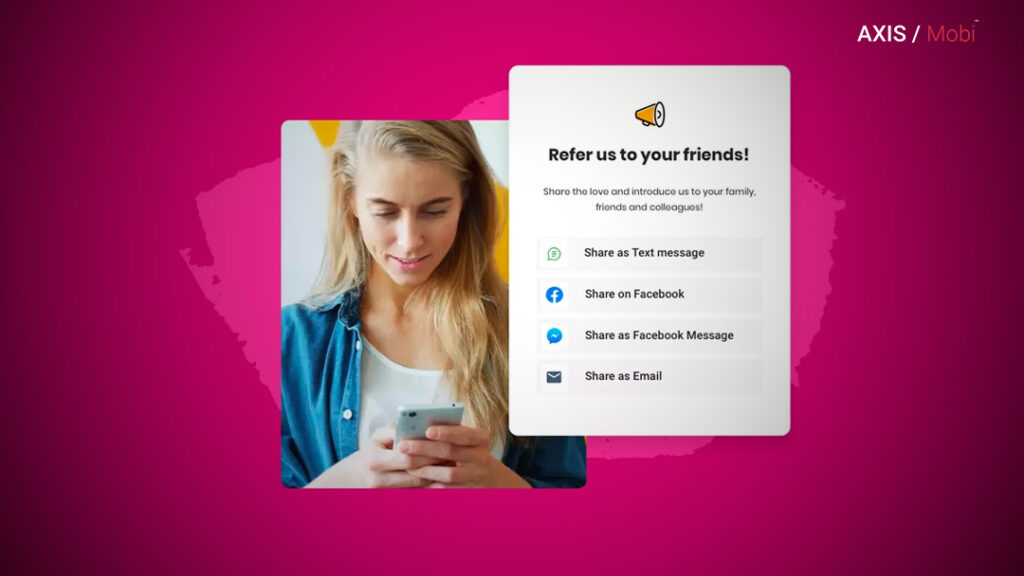
What Are Referral Programs?
Referral programs incentivize existing subscribers to refer new subscribers in exchange for rewards. This strategy leverages your current audience to help grow your email list.
Why Use Referral Programs?
Referral programs tap into the power of word-of-mouth marketing, helping you build a trusted and engaged email list. Referred subscribers are often more likely to be interested in your content and convert.
How to Implement Referral Programs:
- Offer Incentives: For successful referrals, provide rewards such as discounts, coupons, or gift cards. Make sure the incentives are attractive and relevant to your audience.
- Promote Your Program: Ensure your referral program is prominently featured on your website, email communications, and social media.
- Track Referrals: Use tracking tools to monitor the success of your referral program and ensure that rewards are distributed accurately.
Examples:
- Dropbox: Offers additional storage space for users who refer friends to its service. The program has been highly successful in expanding Dropbox’s user base.
- Uber: Provides ride credits for users who refer new riders or drivers. The referral program is designed to incentivize both new users and existing ones.
Tools and Resources:
- ReferralCandy: A platform for managing referral programs and tracking performance. It includes features for creating customized referral campaigns and automating rewards.
- Post Affiliate Pro: Offers a comprehensive solution for running and managing referral programs, including tracking, reporting, and reward management.
4. Contests and Giveaways
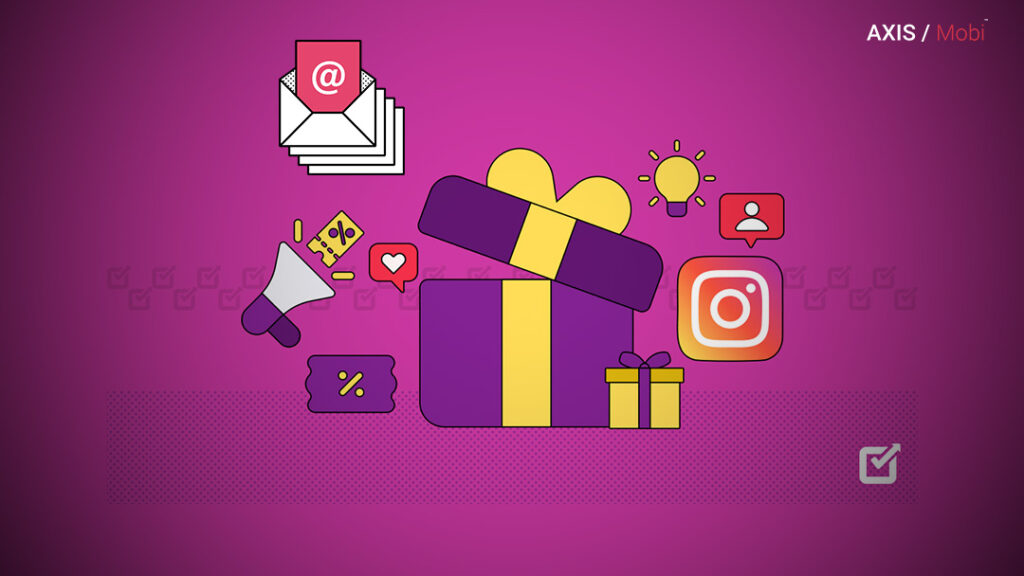
What Are Contests and Giveaways?
Contests and giveaways involve offering a prize in exchange for participants’ email addresses. These can be hosted on your website or across various social media platforms.
Why Use Contests and Giveaways?
They are effective for rapidly growing your email list by attracting a large number of participants who are eager to win a prize. This method creates excitement and engagement around your brand.
How to Run Effective Contests and Giveaways:
- Choose a Relevant Prize: Select a prize that is valuable and appealing to your target audience. It should be relevant to your brand and products.
- Promote Widely: Use your website, email campaigns, and social media channels to promote your contest or giveaway. Create eye-catching graphics and engaging content to attract participants.
- Follow-Up: After the contest ends, follow up with participants by sending a thank-you email and keeping them engaged with relevant content and offers.
Examples:
- Gleam: Provides tools for creating and managing online contests. It includes features for customizing entry options and tracking participant engagement.
- Rafflecopter: Offers a platform for running giveaways, including options for multiple entry methods and detailed analytics.
Tools and Resources:
- Gleam: A comprehensive platform for managing contests and giveaways. It offers customizable templates and integration with various marketing tools.
- Rafflecopter: A user-friendly tool for creating and managing giveaways. It provides options for different entry methods and tracking participant activity.
5. Freebies
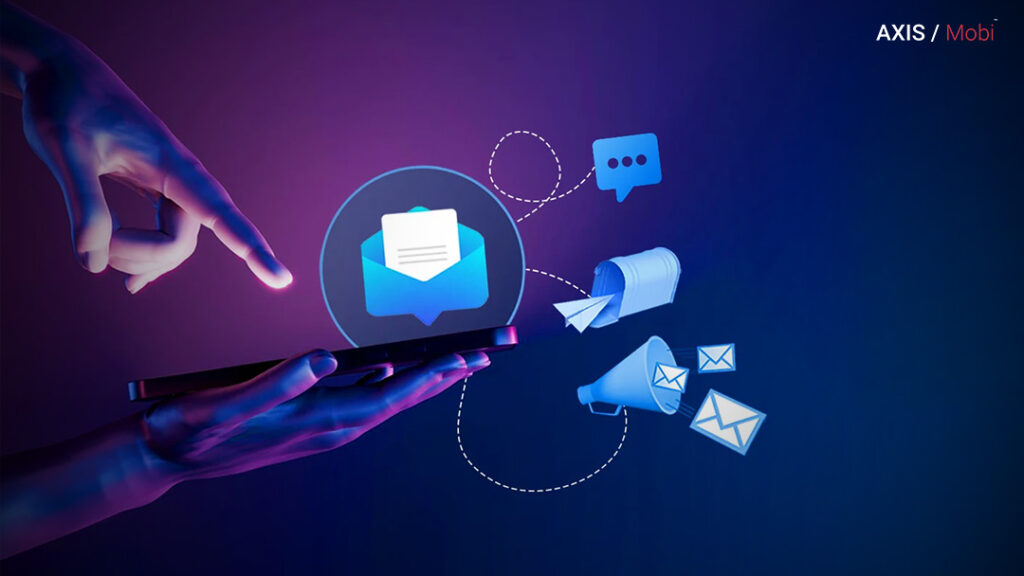
What Are Freebies?
Freebies are valuable offers, such as downloadable guides, eBooks, or discount codes, given in exchange for email addresses. They provide immediate value to visitors and encourage them to subscribe.
Why Use Freebies?
Offering freebies is a powerful way to capture email addresses by providing something of value in return. It helps build a positive relationship with new subscribers from the start.
How to Leverage Freebies:
- Create High-Value Freebies: Ensure that your free offer is relevant and valuable to your target audience. The quality of the freebie should reflect your brand’s expertise and appeal.
- Promote Your Freebies: Highlight your free offers on your website, in email campaigns, and across social media platforms. Use compelling visuals and clear CTAs to drive conversions.
- Follow-up: Use the collected email addresses to nurture leads with additional content and offers. Build a relationship with new subscribers to keep them engaged and interested.
Examples:
- Neil Patel: Offers a free SEO guide in exchange for email sign-ups. The guide provides valuable insights and tips for improving search engine rankings.
- HubSpot: Provides free marketing templates and tools to attract email subscribers. The offers are designed to help businesses with their marketing efforts.
Tools and Resources:
- Leadpages: Useful for creating landing pages that offer freebies. It provides templates and features for optimizing conversions.
- Mailchimp: Offers email marketing features for managing your list and delivering automated follow-up emails to new subscribers.
6. Email Signatures
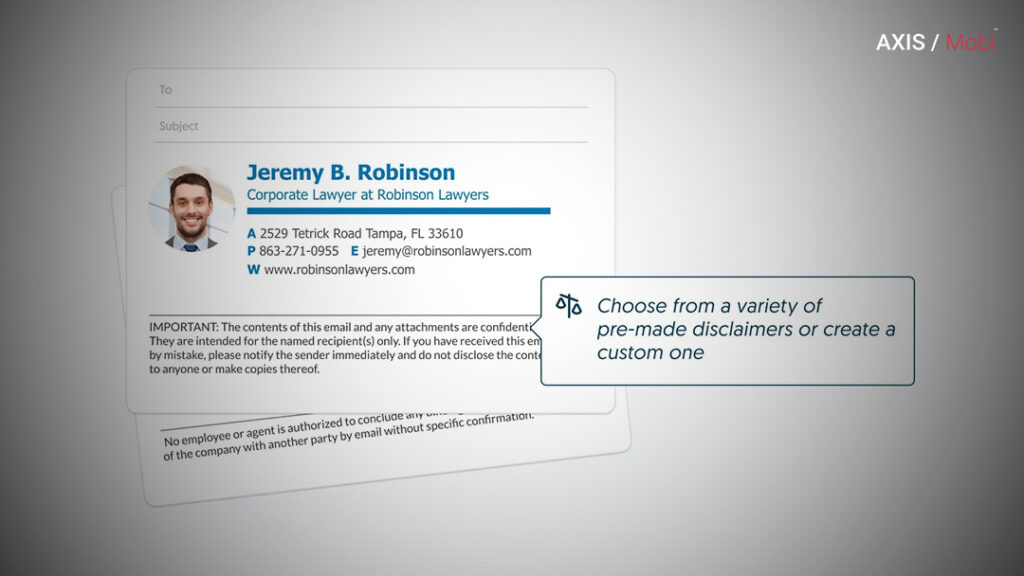
What Are Email Signatures?
Email signatures are blocks of text or images that appear at the end of your email communications. They can be used to promote email sign-ups and encourage recipients to join your list.
Why Use Email Signatures?
Email signatures offer a subtle but effective way to promote your email list to anyone you communicate with via email. It leverages your existing communications to reach potential subscribers.
How to Optimize Email Signatures:
- Include a CTA: Include a clear call to action in your email signature, such as a link to your email sign-up page or a promotional offer.
- Offer Value: Promote a free resource, such as an eBook, guide, or exclusive content, to entice recipients to subscribe.
- Keep It Simple: Ensure that your email signature remains professional and manageable. It should complement your email content without overwhelming the reader.
Examples:
- Grammarly: Uses its email signature to promote its free writing assistant tool, encouraging recipients to sign up for its service.
- Evernote: It includes a CTA in its email signature to drive sign-ups for its newsletter, which offers tips and updates about productivity.
Tools and Resources:
- Wisestamp: A tool for creating professional email signatures with customizable CTAs and social media links.
- HubSpot Signature Generator: A free tool that helps design and generate email signatures with integrated promotional elements.
7. Social Media for Email Marketing

Social media is a great way to connect with people and build trust. You can attract more subscribers by sharing your sign-up link and engaging with followers. People on social media are often interested in interacting with brands, which makes it a perfect place to grow your email list.
How to Use Social Media for Email Collection:
- Profile Links: Include links to your email sign-up page in your social media profiles. This makes it easy for followers to subscribe while browsing your profiles.
- Engaging Content: Create posts encouraging followers to sign up for your email list. Use engaging visuals, compelling copy, and strong CTAs to drive conversions.
- Social Media Ads: Invest in targeted ads to reach potential subscribers. Create ads highlighting the benefits of subscribing to your email list and directing users to your sign-up page.
Examples:
- Facebook Ads: Target specific demographics with ads that promote your email list. Use eye-catching visuals and clear CTAs to encourage sign-ups.
- Instagram Stories: Utilize the “Swipe Up” feature to direct followers to your email sign-up page. Create engaging stories that highlight the benefits of subscribing.
Tools and Resources:
- Facebook Ads Manager: A platform for creating and managing targeted ad campaigns. It provides tools for defining audience segments and tracking ad performance.
- Hootsuite: A social media management tool that helps schedule posts, monitor engagement, and track the performance of your social media campaigns.
By implementing these strategies, you can build an effective email list that drives engagement and supports your marketing goals. Each method offers unique benefits and can be curated to fit your specific needs and audience. Explore these techniques and watch your email list—and your business—grow!


